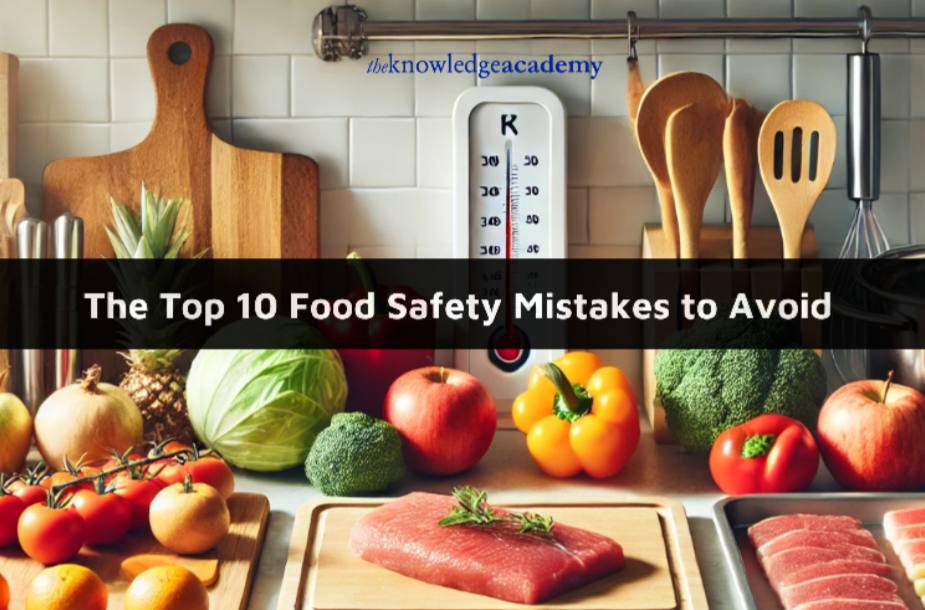Ever wondered how some people seem to have hair that smells amazing all day long? The secret might just be in a spritz of hair mist. Let’s be honest—who doesn’t love the idea of hair that smells fresh and fabulous from morning till night? Hair mist could be your new best friend, transforming the way you carry fragrance and adding a touch of elegance to your everyday routine.
There’s something undeniably alluring about hair that carries a hint of fragrance, subtly enhancing your aura as the day unfolds. Hair mist offers more than just a scent; it’s a delicate finishing touch that adds elegance and sophistication to your personal style. Why let your signature scent end at your wrists when you can let your hair join the party too? Welcome to the world of hair mist—where your locks become part of a sensory experience, lifting your mood and leaving an unforgettable impression with every movement.
From keeping your hair fresh to enhancing its shine, hair mist is a versatile beauty essential that can transform your daily routine. Unlike regular perfumes, hair mist is designed specifically for your hair’s needs, often including ingredients that hydrate and nourish while providing a lasting scent. It’s a light, subtle fragrance that refreshes your hair without weighing it down or leaving it dry.
Why Choose Hair Mist?
Imagine a light fragrance that lingers in your hair all day, boosting your confidence with every toss—this is the magic of hair mist. It’s a sensory experience that adds an inviting layer of elegance to your look, perfect for any occasion. A quick spritz in the morning or before an evening out keeps your hair smelling fresh and captivating, no matter where the day takes you. For Mia, a busy marketing professional, hair mist is her go-to for freshening up after long hours in the office before heading out to meet friends. “It’s that instant refresh,” she shares, “giving me that ‘just-got-ready’ feeling even on my busiest days.”
For those who believe in the finer things, hair mist offers a touch of luxury, turning your hair into a fragrant accessory that speaks volumes. It’s more than a beauty product; it’s a way to elevate your routine with a scent that resonates with your personal style, leaving a lasting impression with every step you take. Hair mist lets you effortlessly express your individuality, with fragrance notes ranging from light florals to deep, warm spices. A spritz of hair mist adds dimension to your overall scent profile, creating a memorable impression wherever you go.
A Hair Mist for Every Occasion
Hair mists are versatile enough to suit any situation, whether it’s a morning at work, an evening out, or even an outdoor adventure. For Emily, who’s always on the go, a quick spritz of Yves Rocher’s signature botanical-infused hair mist gives her that refreshing boost between morning yoga and her busy day ahead. “It’s such a light, natural scent,” she says, “and it doesn’t overwhelm my senses. Plus, it feels gentle on my hair.”
Hair mists are also ideal for tackling unwanted odors, especially on those days when your hair needs a quick refresh. For instance, if you’ve been cooking or caught in traffic, hair mist can neutralize lingering odors without the heavy residue of dry shampoo. With a simple spray, you can keep your hair smelling clean and sophisticated.
Why Not Regular Perfume?
If you’ve ever tried spritzing regular perfume on your hair, you may have noticed the drying effects. Most perfumes contain a high percentage of alcohol, which, while suitable for the skin, can be too harsh on hair, causing frizz, dryness, and breakage over time. Hair mists, on the other hand, contain far less alcohol or, in many cases, are water-based, making them safer for regular use on your hair. Additionally, hair mists often include conditioning ingredients, such as pro-vitamins and essential oils, that enhance hair health while delivering fragrance.
Take Sarah’s experience, for example. She loves her signature floral perfume but noticed it made her hair feel brittle and dull. Since switching to a dedicated hair mist, she’s noticed a difference: “My hair feels softer, and I get the fragrance I love without the dryness.”
Easy, On-the-Go Freshness
Hair mists are also incredibly convenient. Their compact, travel-friendly bottles make it easy to pop one into your bag for a quick refresh whenever you need it. Imagine heading out from the gym or a long workday and having a mini hair refresh with just a couple of sprays. Lily, a college student, keeps a small bottle of hair mist in her backpack. “It’s my little luxury on busy days,” she laughs, “and it makes me feel ready for anything, even if I’m running to my next class.”
A quality hair mist is designed to be lightweight, ensuring your hair doesn’t feel weighed down or sticky. It’s perfect for quick touch-ups, like after a long commute or a lunch break outdoors. Just a couple of spritzes, and your hair is revitalized with a delicate, lingering scent that leaves you feeling refreshed.
Application Tips for Lasting Scent
Using hair mist effectively is easy. For the best results, hold the bottle at arm’s length and mist it evenly throughout your hair. This allows for a light, even fragrance distribution without oversaturating any single area. Want extra lift and scent? Flip your hair upside down before misting to reach the roots for an all-over refresh. Then, run your fingers through your hair to distribute the fragrance evenly.
If you’d like your scent to last even longer, try pairing your hair mist with complementary products, like a scented leave-in conditioner or shampoo. For those special occasions when you want to layer your scent, this pairing can add depth and make the fragrance last longer.
The Art of a Subtle, Signature Fragrance
Hair mist isn’t just a trend; it’s a subtle way to enhance your personal style with a fragrance that feels just right. Unlike regular perfumes that can feel overpowering, hair mist offers a gentle diffusion, giving you a delicate scent that lasts without overwhelming the senses. This makes it perfect for everyday wear or occasions where you want to make an impression without going overboard.
Whether you’re headed to a special event or just want to feel refreshed throughout the day, hair mist is a luxurious, easy-to-use option that enhances your overall look. With each spray, you’re not only giving your hair a fresh fragrance but also embracing the art of subtlety. So why not treat yourself and your hair to a daily touch of elegance?










